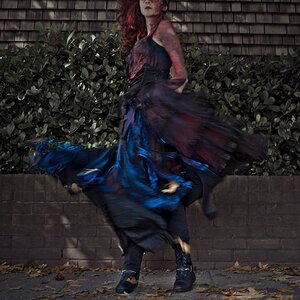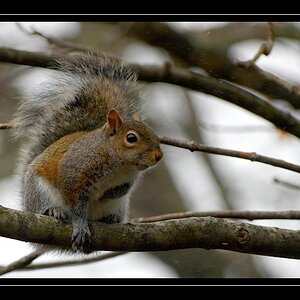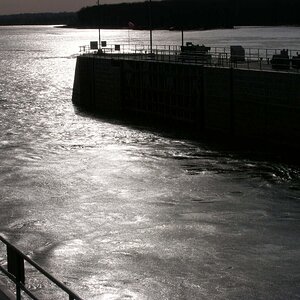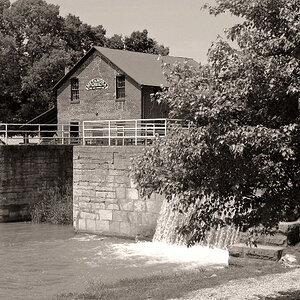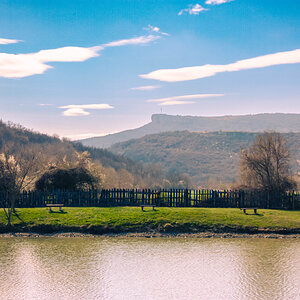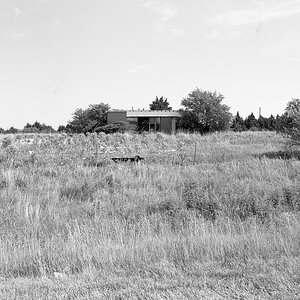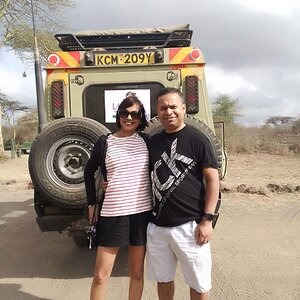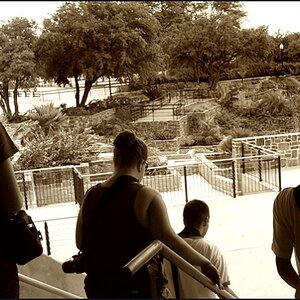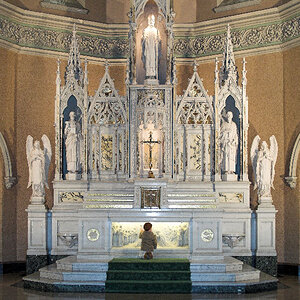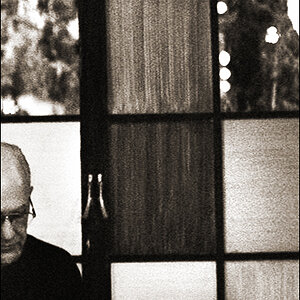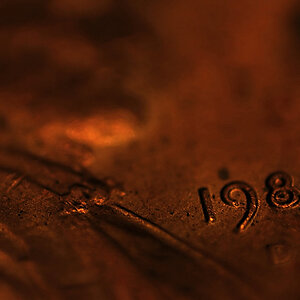RSisco
TPF Noob!
- Joined
- May 18, 2011
- Messages
- 29
- Reaction score
- 0
- Can others edit my Photos
- Photos OK to edit
I am obviously new to this forum and to photography. I have a new D5100 and two lenses, both in my sig. One is the kit lens (18-55) and one is a 55-300. They seem to work well for some things, but if I want to take a portrait with a backdrop the backdrop is in focus as well as the subject. I want the backdrop to blur so it's nice and smooth and doesn't distract from the subject. I tried a few setting and came to a conclusion that I need another lens!?. Right?
I did a bit of reading and I think what I want is either the..
AF-S NIKKOR 50mm f/1.8G
or the
AF-S NIKKOR 35mm f/1.8G
Suggestions? comments?
I did a bit of reading and I think what I want is either the..
AF-S NIKKOR 50mm f/1.8G
or the
AF-S NIKKOR 35mm f/1.8G
Suggestions? comments?


